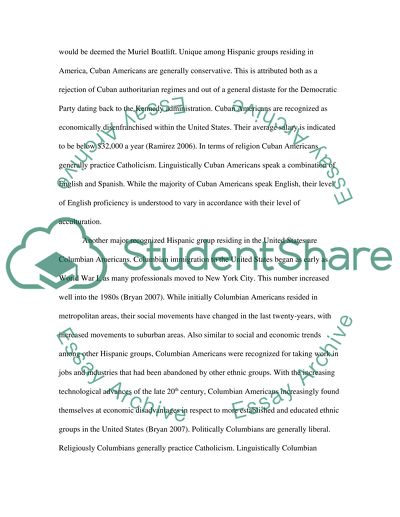Cite this document
(“Hispanic Diversity Research Paper Example | Topics and Well Written Essays - 1250 words”, n.d.)
Retrieved from https://studentshare.org/social-science/1427386-hispanic-diversity
Retrieved from https://studentshare.org/social-science/1427386-hispanic-diversity
(Hispanic Diversity Research Paper Example | Topics and Well Written Essays - 1250 Words)
https://studentshare.org/social-science/1427386-hispanic-diversity.
https://studentshare.org/social-science/1427386-hispanic-diversity.
“Hispanic Diversity Research Paper Example | Topics and Well Written Essays - 1250 Words”, n.d. https://studentshare.org/social-science/1427386-hispanic-diversity.


